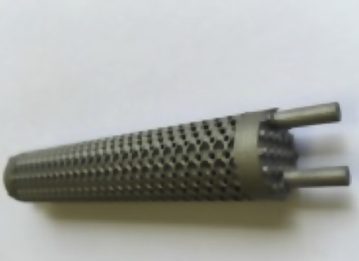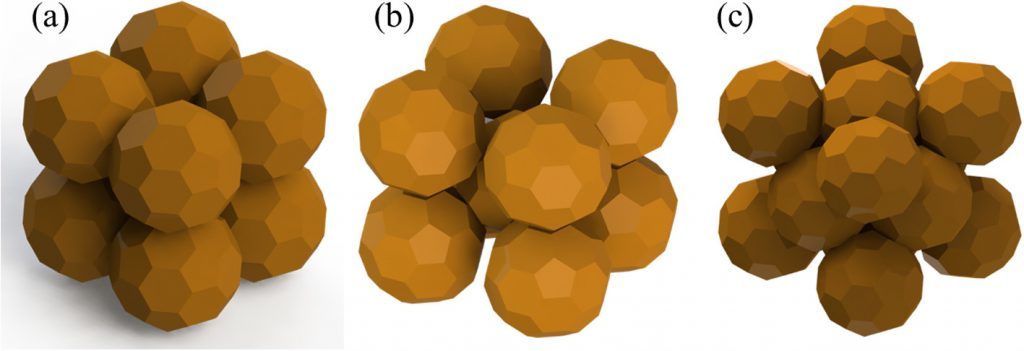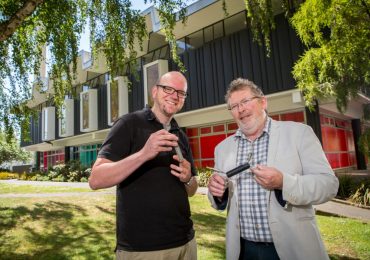Dr. Tim Huber and Professor Conane Fee aim at revolutionizing every design, from airplanes to refrigerators. They recently developed a metal 3D printing methodology to achieve high-performance heat exchangers.
The heat exchangers were built taken into account traditional cylinder and square shapes. They bring out new, complex designs to the field which cannot be realized with other methods of manufacturing.
The award that will improve the development of the heat exchanger
The team of researchers won an award worth $14,310 ($20,000 NZD) which will enable them to further develop their 3D printed heat exchanger project.
According to Professor Fee, Head of UC’s School of Product Design, “This will facilitate the development of some promising technology that is expected to improve the efficiency of devices meant for heating or cooling.” Indeed, current devices are porous. Pores within part geometry have been analyzed through 3 segments in order to determine appropriate design for the applications.


In the same context, last October, Air Liquide received an award for its 3D printed milli-structured heat exchanger reactor. A reactor built using “a chemical and process design approach that leads to substantially smaller, cleaner, safer and more energy-efficient process technology.”
Areas for applications
The exchangers developed by Huber and Fee could also make “smaller and lighter devices for electronics,” give “racing cars a competitive advantage” and manufacture “more attractive heat pumps in homes.”
For Professor Fee, “The growth of 3D printing for new applications is exponential and it is stimulating a huge set of opportunities for new designs that were not previously possible. ”“Our 3D-printed porous heat exchangers are an example of something that cannot be made by conventional technologies but is now possible, expanding our thinking and potentially growing innovation in New Zealand.”
Huber and Fee’s complete research can be read online in Elsevier’s Current Opinion in Chemical Engineering.
For further information about 3D Printing, follow us on our social networks and subscribe to our newsletter!
//pagead2.googlesyndication.com/pagead/js/adsbygoogle.js
(adsbygoogle = window.adsbygoogle || []).push({});






